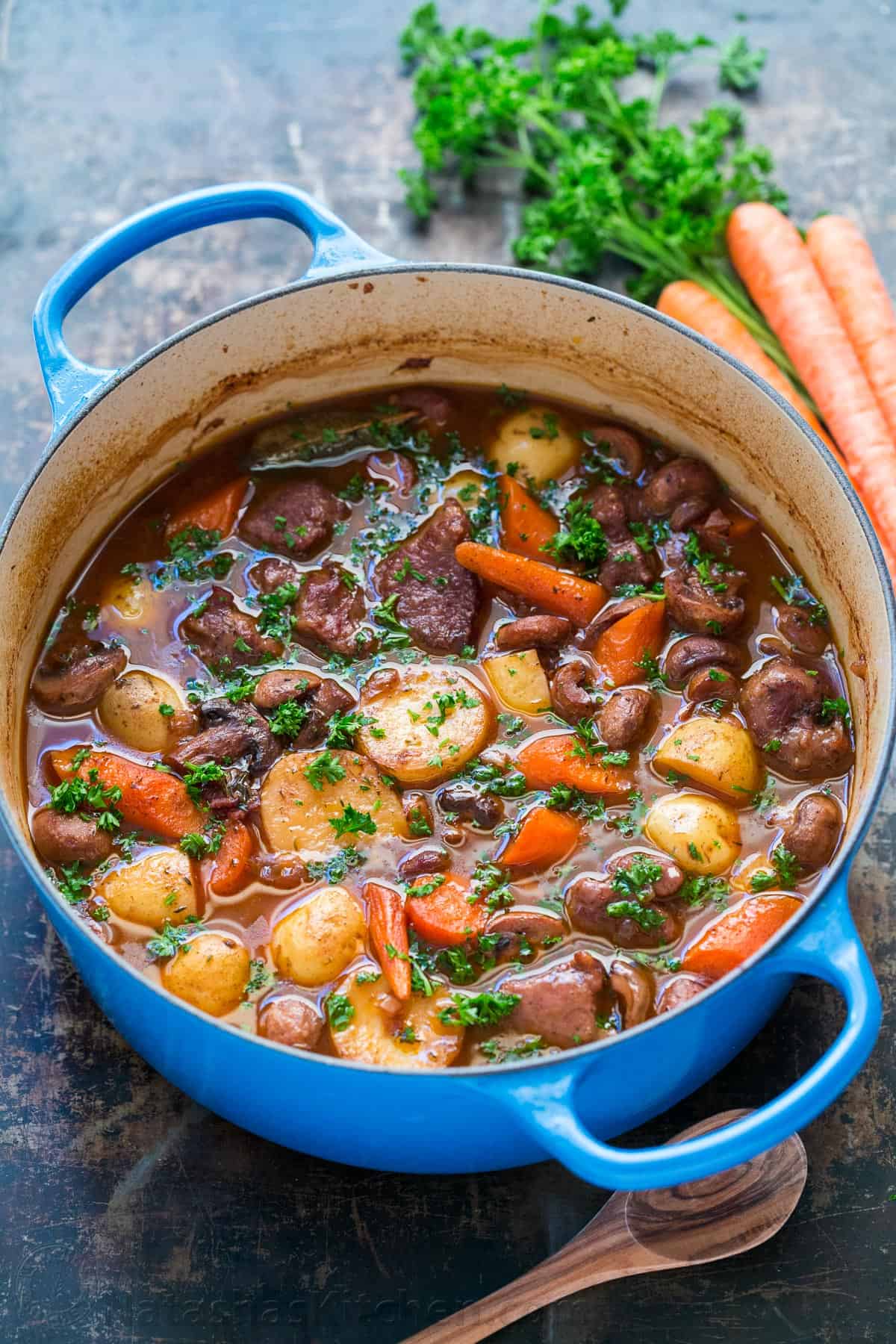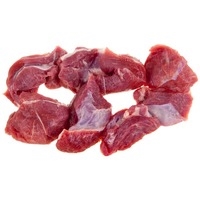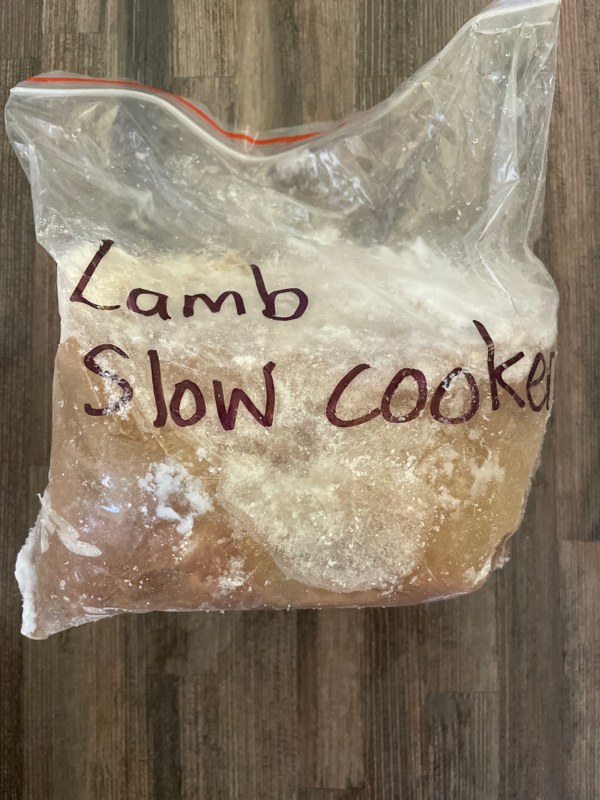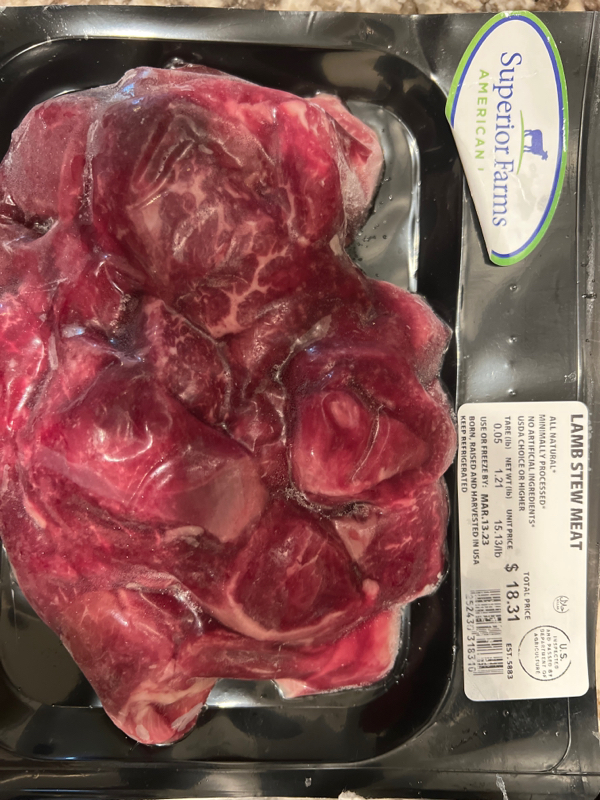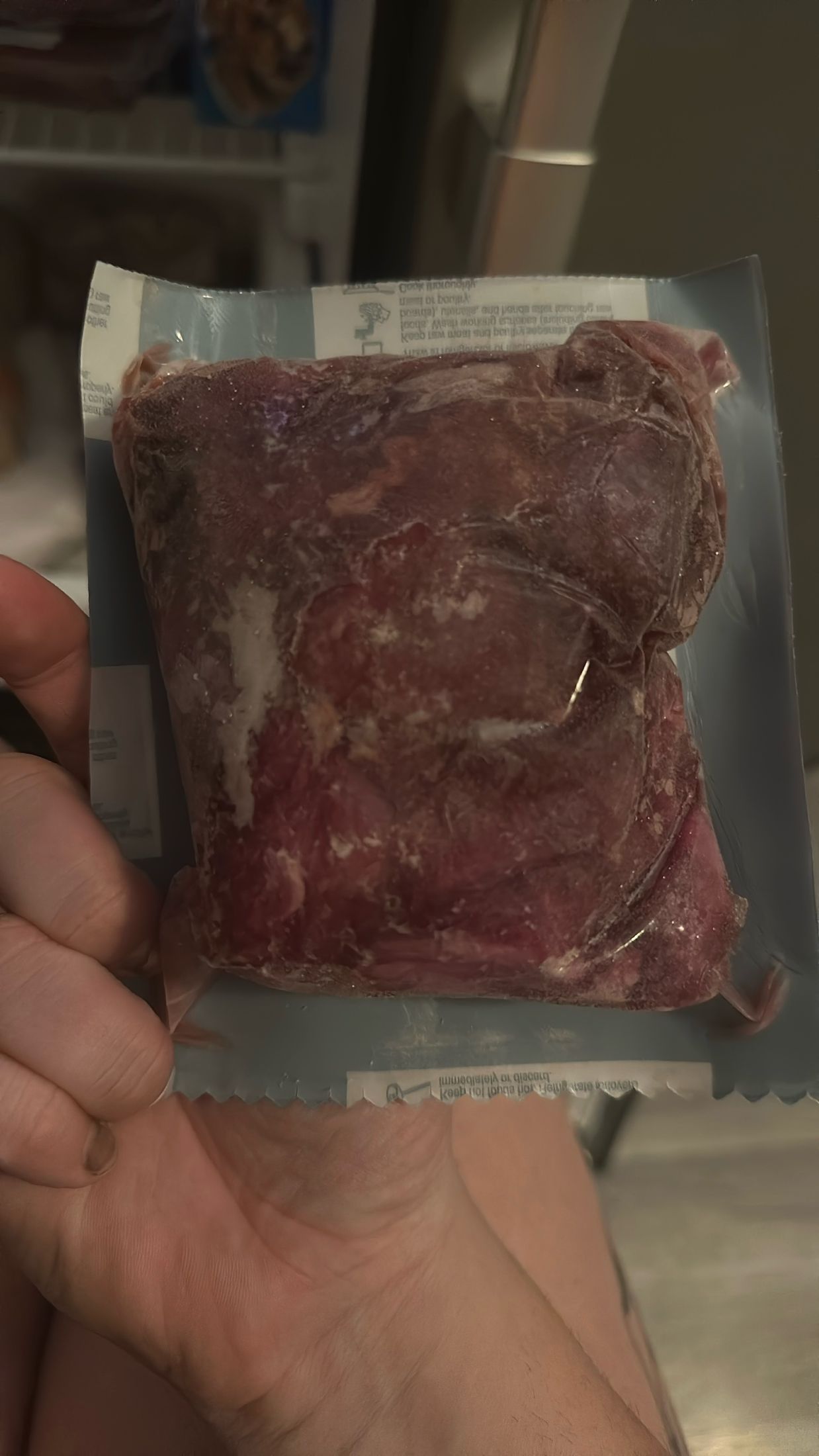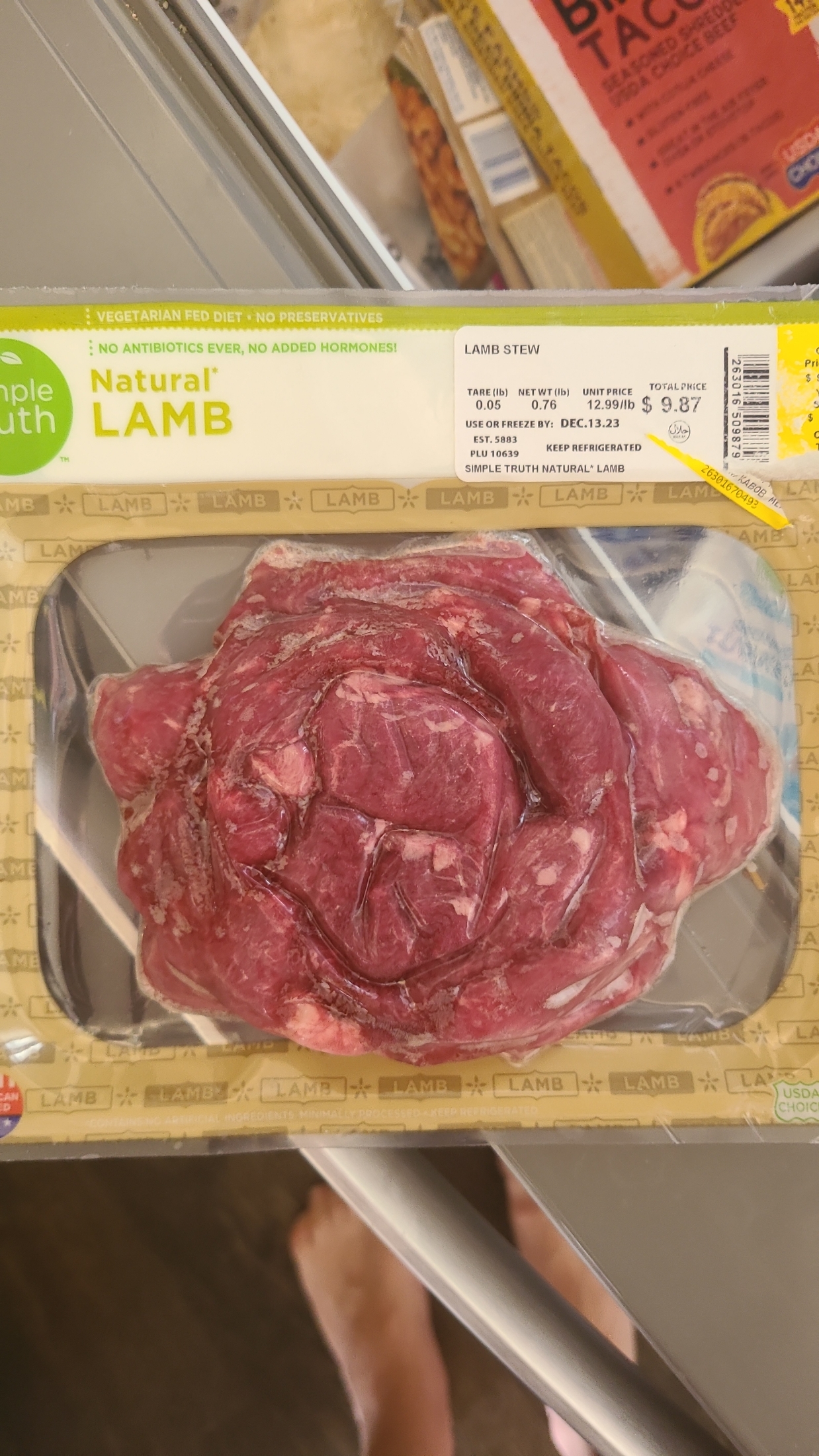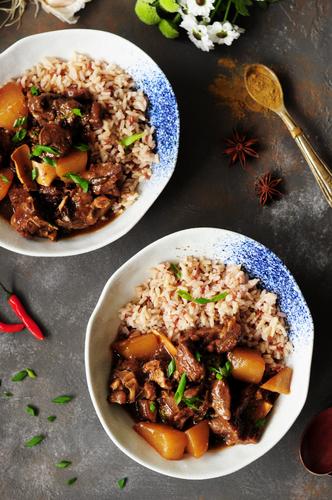Lamb Stew
Lamb stew consists of tender chunks of lamb meat carefully simmered with wholesome vegetables and aromatic herbs. This traditionally-prepared dish offers a comforting, hearty meal that provides not only essential nutrients but also a bouquet of flavors.
Cooking lamb stew at home allows for customization according to one's tastes, making it a versatile dish. Paired with warm bread and a robust red wine, the complexities of lamb stew become a culinary experience that pulls families and friends together, offering both satisfaction to the palate and the heart.
28%
CARBS
41%
FAT
30%
PROTEIN
Featured Articles
9 Lamb Stew Products
216 Recipes for Lamb Stew
Lamb Stew FAQ
What is lamb stew?
What ingredients do I need to make lamb stew?
How do I select the best lamb for stew?
What cooking equipment do I need for lamb stew?
How do I make lamb stew tender and flavorful?
Can I substitute ingredients in lamb stew?
How do I adjust the consistency of lamb stew?
How do I store leftover lamb stew?
Expiration & Storage Tips
When does Lamb Stew expire?
You can expect store-bought, unopened lamb stew to last in the refrigerator until the 'use-by' date indicated on the package. But, once opened, your lamb stew should be eaten within 3 to 4 days. If you made your own lamb stew at home from fresh ingredients, you can also expect a 3 to 4 day shelf life in the refrigerator. When it comes to freezing, both homemade and store-bought lamb stew can be stored in the freezer for 2 to 3 months.
How do you tell if Lamb Stew is bad?
It's easy to determine if your lamb stew has gone bad. Look for any changes in color, a dullness in the meat, or growths of mold (which can come in green, white, or even fuzzy-looking textures). And, of course, take note of any unpleasant or 'off' smells. Lamb stew should smell hearty and aromatic, not sour or bad. Be sure to throw out any stew that has been stored at room temperature for too long to avoid any potential bacterial growth.
Tips for storing Lamb Stew to extend shelf life
• Always refrigerate or freeze leftover stew as soon as it has cooled to room temperature.
• Divide larger quantities into smaller, shallow containers for quicker and safer cooling.
• When freezing, be sure to leave some space in your container for expansion, and be sure to use air-tight containers or heavy-duty freezer bags to prevent freezer burn.
• When ready to eat your frozen stew, defrost it overnight in the refrigerator, not at room temperature.
• For an extra layer of protection, consider double wrapping or bagging your stew before freezing.
Health Info
Macros
13g
CARBS
19g
FAT
14g
PROTEIN
Allowed on these diets
LOW FAT
MEDITERRANEAN
LACTOSE FREE
GLUTEN FREE
Contains these allergens
WHEAT

